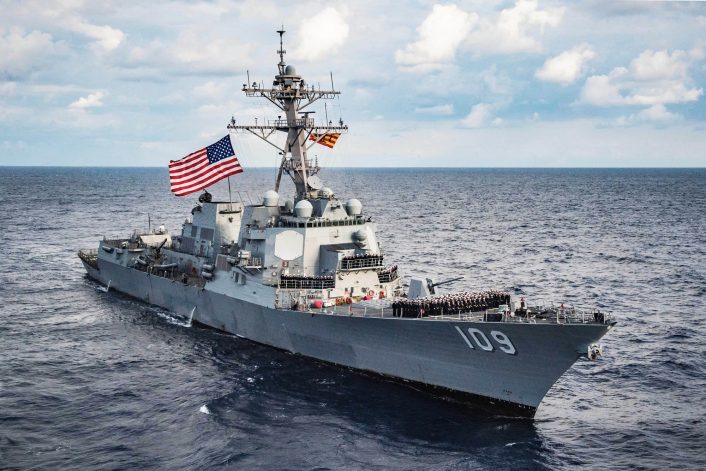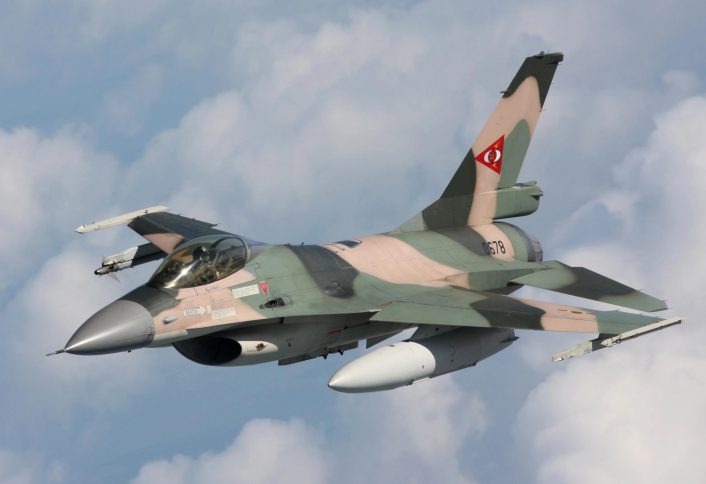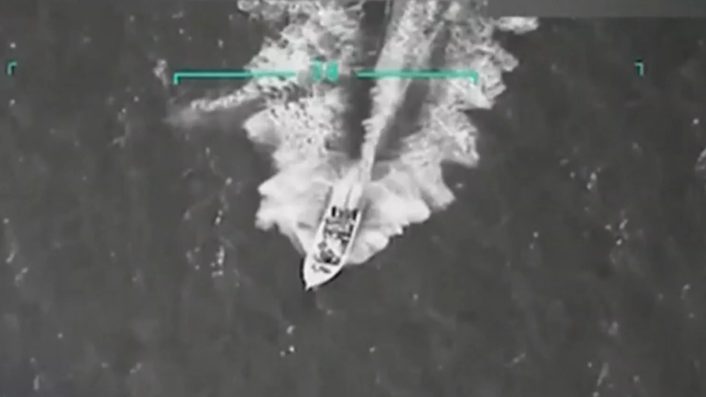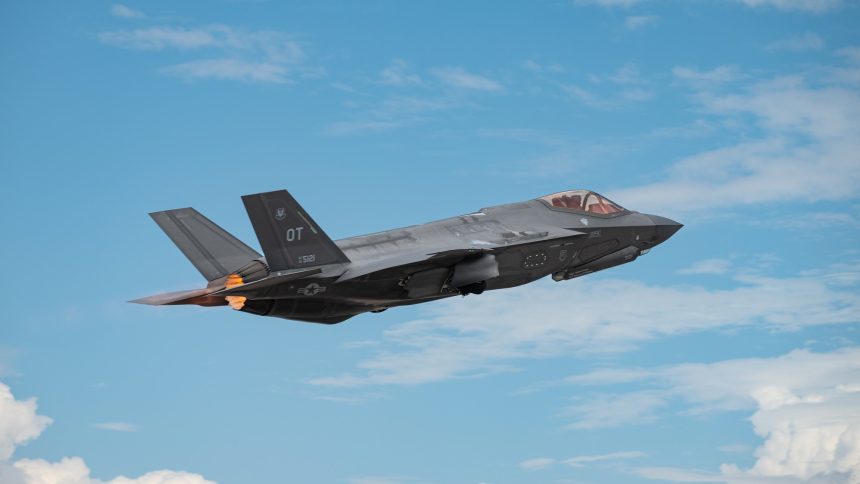Ten F-35s will be deployed to Puerto Rico to take part in the ongoing U.S. counter-narcotics operation in the Caribbean.
Unidentified U.S. government sources stated to media that ten F-35 Lightning II fighter jet will be deployed to Puerto Rico next week as the tensions with Venezuela increase. According to Reuters, who first published the news on Sept. 5, 2025, the move is a consequence of the flight of two Venezuelan F-16s near a U.S. vessel.
Hours after the announcement, Venezuelan jets flew a second time over a U.S. warship, identified as the USS Jason Dunham. The ship was reportedly the same which experienced the interaction with Venezuelan F-16s the day earlier.
U.S. Response to Venezuelan Flyovers
After the first flight, the Pentagon defined it as a “highly provocative move […] designed to interfere with our counter narco-terror operations.” According to officials, President Trump is evaluating multiple options to carry strikes against drug cartels operating in Venezuela.
— Department of War 🇺🇸 (@DeptofWar) September 5, 2025
Additionally, although it is unclear if the event is related, three KC-46A tankers arrived at St. Croix, the largest airport in the U.S. Virgin Islands. On the other hand, details about the service branch and the variant of the aircraft are unknown.

Capabilities and Possible Roles of the F-35
Two main candidates could be the Air Force’s F-35As and the Marine’s F-35B. Both have their own advantages, with the F-35B also able to operate from the USS Iwo Jima, which was spotted in the area in the past few days.
Operating from the USS Iwo Jima, the stealth fighters would be able to launch closer to the hot zone, while maintaining a degree of unpredictability as the ship keeps moving. Flying from land bases in Puerto Rico, the F-35As might need to fly a much longer route to reach their targets, although they would be able to reach Venezuela without the need for air-to-air refueling.
While some interpret the deployment as a way to pre-position a key strike asset closer to potential targets, the immediate role of the F-35s is primarily to deter further provocative actions against U.S. vessels in the region. At the same time, it is important to underline that the 5th generation aircraft is not simply a “fighter.” The Lightning II is a highly versatile platform that combines advanced strike capabilities with an unmatched ability to act as an intelligence-gathering asset, thanks to its powerful AESA radar and a full suite of integrated sensors.
In this respect, the F-35 provides commanders with a valuable ISR (Intelligence, Surveillance, Reconnaissance) tool that can collect, fuse and share information across domains in real time. This multiplies the effectiveness of any force package it supports, making the aircraft not only a deterrent through presence but also a force enabler that enhances situational awareness and operational decision-making in contested environments.
Why would you need F35 stealth fighter jets for a counternarcotics mission? The F35s being sent to Puerto Rico are usually used for large bombing missions like the targeting of Iran’s nuclear facilities- a 5th generation supersonic fighter jet known for its lethality. It looks to… https://t.co/XUUtbtLLtl
— Jennifer Griffin (@JenGriffinFNC) September 5, 2025
Background: U.S. Strike on Suspected Drug Vessel
Few days earlier, on Sep. 2, 2025, the U.S. military carried out a lethal strike against a suspected Venezuelan drug vessel in the southern Caribbean, killing 11 people on board. This was the first known use of direct military force against a drug cartel’s maritime operations since the deployment of additional U.S. warships to the region.

While celebrated by some officials as a decisive step against narco-terrorism, the strike has also drawn scrutiny over its legality, proportionality, and broader implications. Trump asserted that the vessel’s crew were members of Tren de Aragua, a Venezuelan gang designated as a Foreign Terrorist Organization by the U.S. State Department in February.
The President also claimed the group operates under the control of Venezuelan President Nicolás Maduro, an accusation Caracas denies. The Trump administration has also doubled its bounty on Maduro to $50 million, accusing him of supporting drug trafficking and criminal networks, according to Reuters and CNN.
Venezuela’s Reaction
President Maduro has previously condemned the growing U.S. military presence in the Caribbean, calling it an “extravagant threat” and pledging “maximum readiness.” Communications Minister Freddy Ñáñez even claimed that the video released by Trump could have been created with artificial intelligence, pointing to “stylized and unnatural” water effects.
Venezuelan officials have long accused the U.S. of using counter-narcotics as a pretext for regime change. Caracas continues to deny that Tren de Aragua remains active in Venezuela, claiming the group was dismantled during a 2023 prison raid.

Expanded U.S. Military Posture in the Caribbean
The events occurred amid an expanded U.S. military presence in the Caribbean. Seven warships and one nuclear-powered attack submarine are currently operating in the region, alongside approximately 4,500 sailors and Marines.
Assets include the USS San Antonio, USS Iwo Jima, USS Fort Lauderdale, and reportedly USS Lake Erie, USS Gravely, and USS Jason Dunham. U.S. P-8 maritime patrol aircraft have also been flying surveillance missions over international waters.
The USS Dunham was reportedly the ship that was the target of the flyover by Venezuelan F-16s. While the interactions were described as “highly provocative,” the vessel did not react or engage the aircraft. However, that can still change.
Escalation Risks
The Sep. 2 strike already demonstrated that the U.S. posture in the area has changed, but the situation might escalate even more. In fact, Trump warned Venezuela saying that the U.S. military is authorized to shoot down Venezuelan if needed. “If they do put us in a dangerous position, they’ll be shot down,” said the President to journalists.
During the two previous interactions of the USS Dunham with Venezuelan F-16s, the ship did not open fire on the armed fighter jets. “If they fly in a dangerous position, I would say that you can, you or your captains can make the decision to what they want to do,” Trump told Gen. Dan Caine, Chairman of the Joint Chiefs of Staff.









